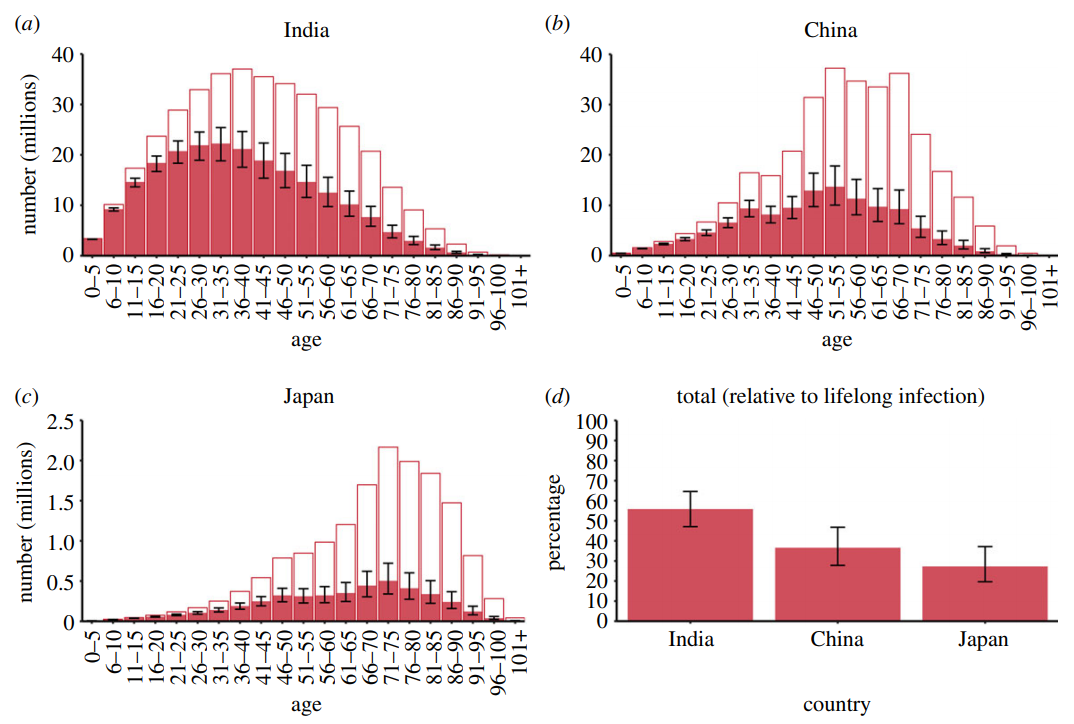What we do
Members of this theme are primarily based in the TB Modelling group. More detailed information about group members and ongoing projects can be found there.
The focus of this theme is to use mathematical and statistical models to better understand the natural history and epidemiology of tuberculosis (TB), and to improve the contribution of TB modelling to policy decisions and implementation.
Apart from publishing in the field of TB, the group is actively contributing to key policy decisions and implementation work. Recent work includes supporting the process of setting the WHO post-2015 targets for TB control and the post-2015 Research Agenda, and co-coordinating the development of a new country-level TB modelling tool for use by countries to support TB control planning and resource estimation.
The group also hosts the Secretariat of the TB Modelling and Analysis Consortium, a global collaboration aimed to improve the contribution of TB modelling to policy decisions and implementation.
Members of the theme meet on a weekly basis, Tuesdays 16:00-17:00, and all interested are welcome to attend (contact the theme coordinator for location).
Contact
Finn McQuaid
Theme lead
Example 1
Self-clearance of Mycobacterium tuberculosis infection: implications for lifetime risk and population at-risk of tuberculosis disease.

Example 2
Potential impact of tuberculosis vaccines in China, South Africa, and India
